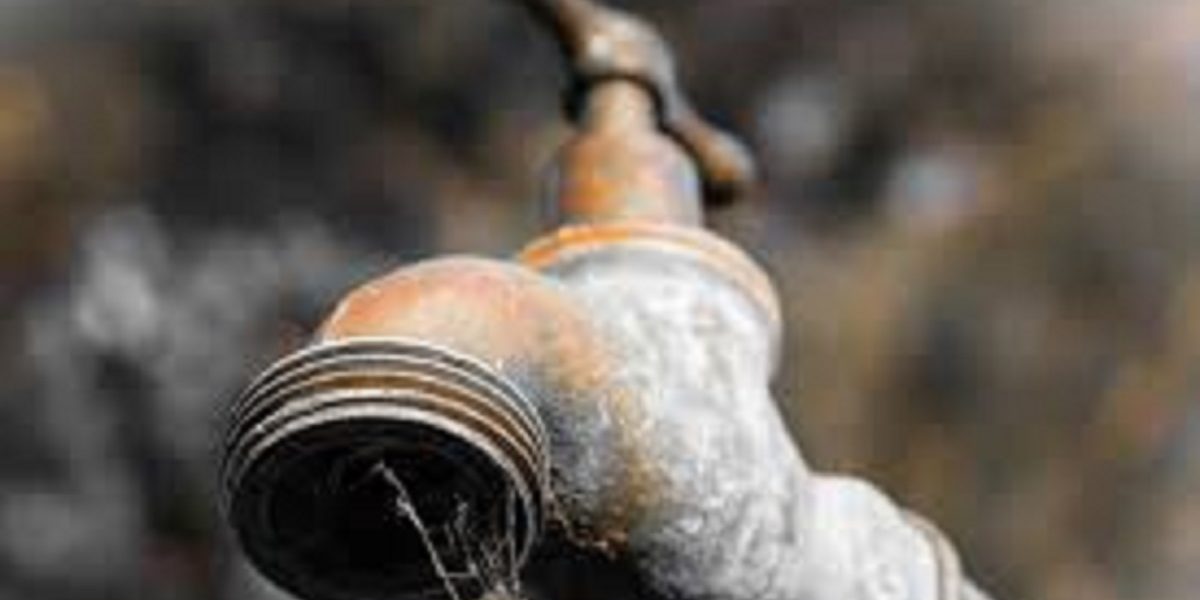The latest report from the Zimbabwe Vulnerability Assessment Committee (ZimVAC) reveals that over 50% of urban households in Zimbabwe lack access to clean drinking water. ZimVAC, established in 2002, is a group of organizations working together to address vulnerabilities in Zimbabwe.
Only 48.4% of households have access to basic water services, and routine testing is necessary to ensure that the water is free from contamination. The report emphasizes the need for the Ministry of Health to conduct regular testing at the district level to ensure safe water sources, NewsDay reported citing the ZimVAC report.
This lack of secure and potable water has contributed to the resurgence of diseases like cholera. Zimbabwe has already reported over 7,000 cases and declared a state of emergency in Harare. The report highlights that inadequate water supply can lead to waterborne diseases such as dysentery and cholera.
The report also mentions the importance of handwashing facilities, as 64% of urban households lack access to proper hygiene services like handwashing with water and soap. The report further read:
It is recommended that local authorities should engage in other debt recovery measures other than cutting off households’ water suppliers. About 64% of urban households did not have hygiene services available i.e, they had no hand washing facility, water and soap. Hand washing after using the toilet is very critical in the prevention of diarrhoeal diseases.
The survey conducted by ZimVAC focused on urban households in different areas of Zimbabwe and revealed that only a quarter of connected households had access to water seven days a week. Many households relied on protected wells and boreholes for drinking water, with only a small percentage having piped water into their dwellings. Stated the report:
Manicaland (92%) and Bulawayo (91%) had the highest proportion of households connected to either council or Zinwa water. Only 25% of the connected households accessed water seven days a week, while 6% accessed water only one day per week.
Indications were that most households in Harare preferred protected wells (39,7%) and boreholes (30,1%) for their drinking water. Only 19,1% preferred drinking water piped into their dwellings. Most households in Bulawayo (86,5%), preferred water piped into their dwellings for drinking. Most households were not satisfied with water supply service offered by either the local authority or Zinwa, 33% were dissatisfied and 22% very dissatisfied.
According to the report, 46% of households find the quality of water provided satisfactory. However, in Harare, 79% of households are dissatisfied with the water quality. Almost all sampled households (98%) have access to improved water sources. About 48.4% of households have basic water services for drinking, while 49.1% have limited services. Attention is needed in areas like Epworth and Harare South, where a significant percentage of households rely on unimproved water sources.
The report is released as Zimbabwe continues to struggle with a cholera outbreak. Lack of clean water and poor sanitation are identified as factors contributing to the spread of the disease. Harare, in particular, has been heavily impacted, with certain suburbs experiencing long-term water shortages. The Harare City Council has found traces of E. coli bacteria in borehole water, indicating the presence of human waste. Tests conducted on water samples from 127 boreholes in Glen Norah, Mbare, and Budiriro revealed significant traces of E. coli bacteria.



Back to top